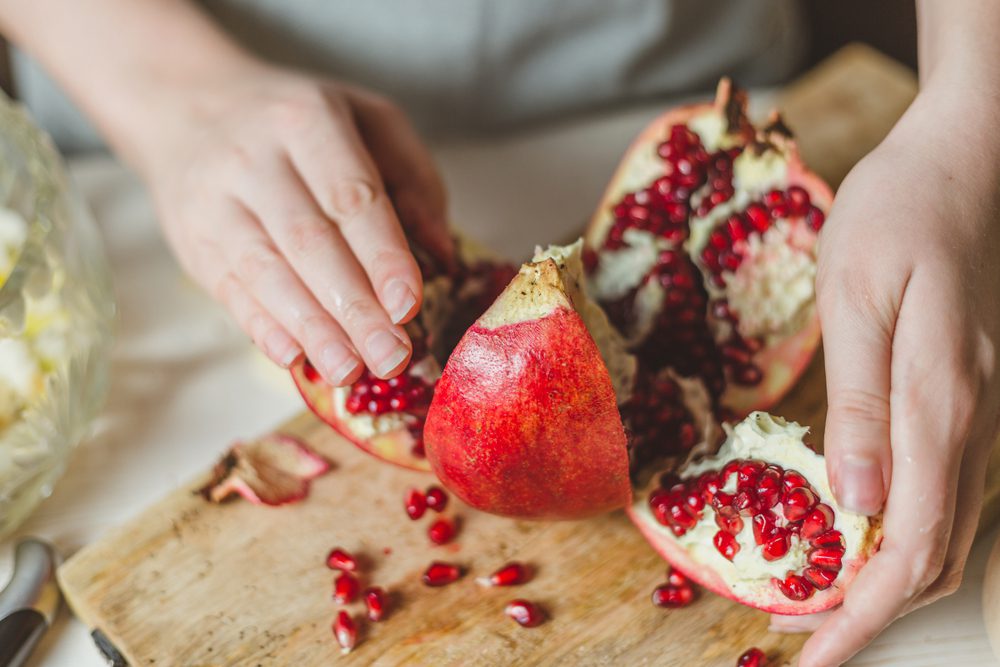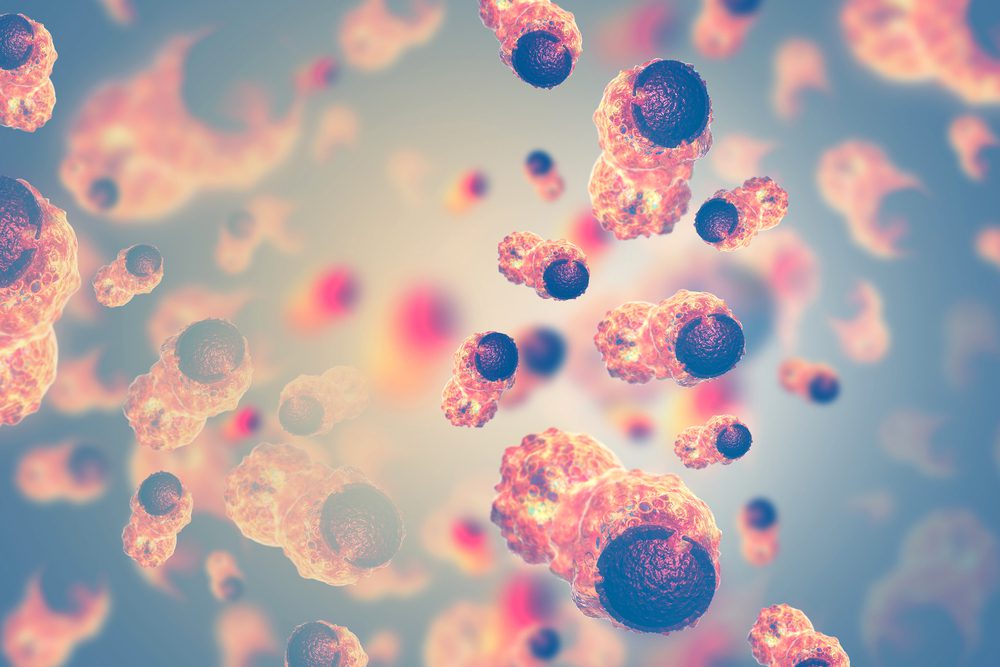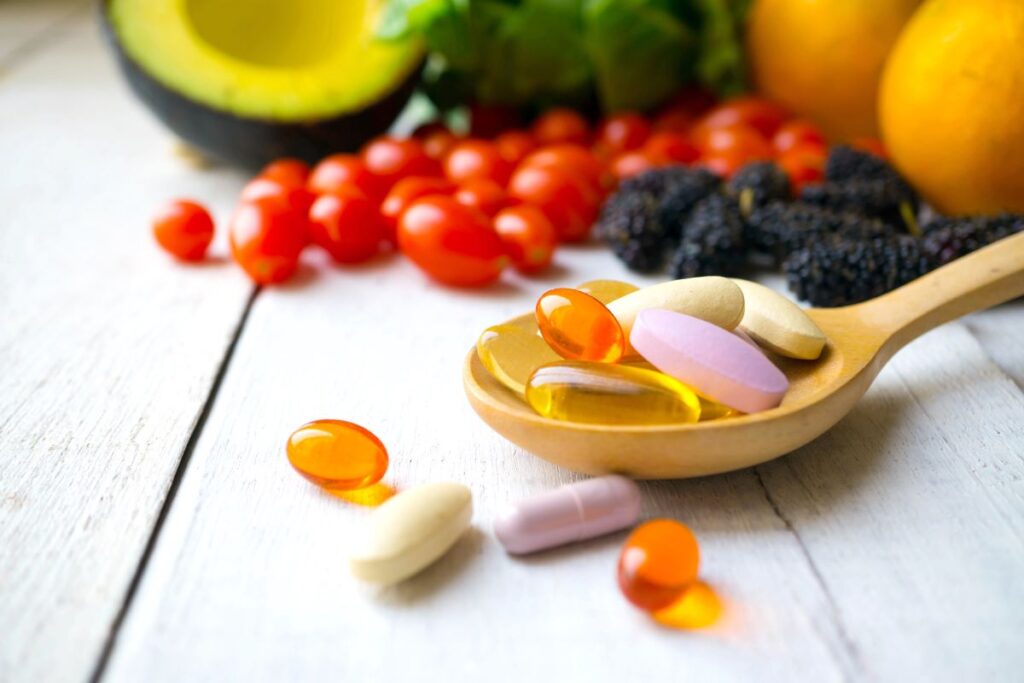The Top 5 Foods for a Healthier Heart
Navigating the grocery store can feel overwhelming, with countless products vying for your attention. To simplify your efforts, we’ve focused on five powerhouse food groups that are consistently praised by cardiologists and nutritionists for their remarkable benefits. Making these a regular part of your senior diet can have a measurable impact on your well-being.
1. Fatty Fish: The Omega-3 Powerhouse
When we talk about “fatty” fish, we’re talking about the good kind of fat! Fish like salmon, mackerel, herring, sardines, and albacore tuna are incredibly rich in a specific type of polyunsaturated fat called omega-3 fatty acids, particularly eicosapentaenoic acid (EPA) and docosahexaenoic acid (DHA). These are not just fancy acronyms; they are true heroes for your heart.
Omega-3s work their magic in several ways. First, they are fantastic at helping to lower triglycerides, a type of fat in your blood that can contribute to the hardening of arteries when levels are too high. They also have a gentle effect on lowering blood pressure and can help prevent the formation of blood clots that could lead to a heart attack. Furthermore, omega-3s are renowned for their powerful anti-inflammatory properties. Chronic inflammation is a key driver of cardiovascular disease, and taming it is essential for long-term health. The American Heart Association recommends eating two servings of fish (particularly fatty fish) per week to reap these benefits. For more guidelines, you can visit the National Institutes of Health (NIH) website for detailed information on omega-3s.
2. Leafy Greens: Nature’s Nutrient-Dense Protector
Think of vibrant greens like spinach, kale, Swiss chard, and collard greens as your heart’s personal bodyguards. These vegetables are nutritional superstars, low in calories but overflowing with vitamins, minerals, and antioxidants. Two of their key components for heart health are Vitamin K and dietary nitrates.
Vitamin K plays a crucial role in proper blood clotting and helps protect your arteries by preventing calcification, a process where calcium builds up and causes them to stiffen. Nitrates, which the body converts into nitric oxide, are fantastic for your blood vessels. Nitric oxide helps the inner lining of your arteries to relax and dilate, which improves blood flow and significantly helps in lowering blood pressure. A diet rich in leafy greens is a cornerstone of many heart-healthy eating patterns, like the DASH (Dietary Approaches to Stop Hypertension) diet. They are a simple, powerful answer to the question, what foods are good for preventing heart attacks?
3. Berries: The Antioxidant All-Stars
Blueberries, strawberries, raspberries, and blackberries are not just a sweet treat; they are bursting with compounds that actively protect your heart. Their beautiful, deep colors are a clue to their potency. These colors come from powerful antioxidants called anthocyanins, a type of flavonoid.
Our bodies are constantly dealing with “oxidative stress” from normal metabolic processes and environmental factors. Think of it like a form of biological rust. Antioxidants, like the anthocyanins in berries, help to neutralize this damage and reduce inflammation throughout the body, including in your cardiovascular system. Studies have shown that regular consumption of these jewel-toned fruits is linked to improvements in “bad” LDL cholesterol, blood pressure, and the overall function of your blood vessels. They are a delicious way to satisfy a sweet tooth while giving your heart exactly what it needs to thrive.
4. Whole Grains: The Fiber-Fueled Cholesterol Fighter
It’s time to embrace wholesome grains like oats, barley, quinoa, brown rice, and whole-wheat bread. The key difference between whole and refined grains (like white bread or white rice) is that whole grains contain the entire grain kernel—the bran, germ, and endosperm. This complete package is rich in nutrients, but its most valuable asset for heart health is fiber, especially a type of soluble fiber called beta-glucan.
Imagine soluble fiber as a sponge. As it moves through your digestive tract, it soaks up cholesterol and prevents it from being absorbed into your bloodstream. This process directly helps to lower your LDL (low-density lipoprotein) cholesterol, often referred to as the “bad” cholesterol that can clog arteries. A diet high in whole grains is also linked to a lower risk of heart disease, stroke, and type 2 diabetes. Starting your day with a bowl of oatmeal or swapping white rice for quinoa at dinner is a simple yet incredibly effective strategy for your heart health.
5. Nuts and Seeds: A Handful of Healthy Fats
Don’t be afraid of the fat and calories in nuts and seeds! When eaten in moderation, they are one of the best snacks for your heart. Walnuts, almonds, pistachios, flaxseeds, and chia seeds are packed with a winning combination of heart-healthy monounsaturated and polyunsaturated fats, fiber, and plant sterols.
Walnuts are particularly noteworthy because they are a rich plant-based source of alpha-linolenic acid (ALA), a type of omega-3 fatty acid. Almonds are loaded with Vitamin E, an antioxidant that helps prevent the oxidation of LDL cholesterol. Flaxseeds and chia seeds are tiny but mighty, offering a fantastic dose of fiber and omega-3s. A small handful (about one ounce) per day can help improve cholesterol levels, reduce inflammation, and support the health of your artery lining. Just be sure to choose raw or dry-roasted, unsalted varieties to keep sodium in check.




















